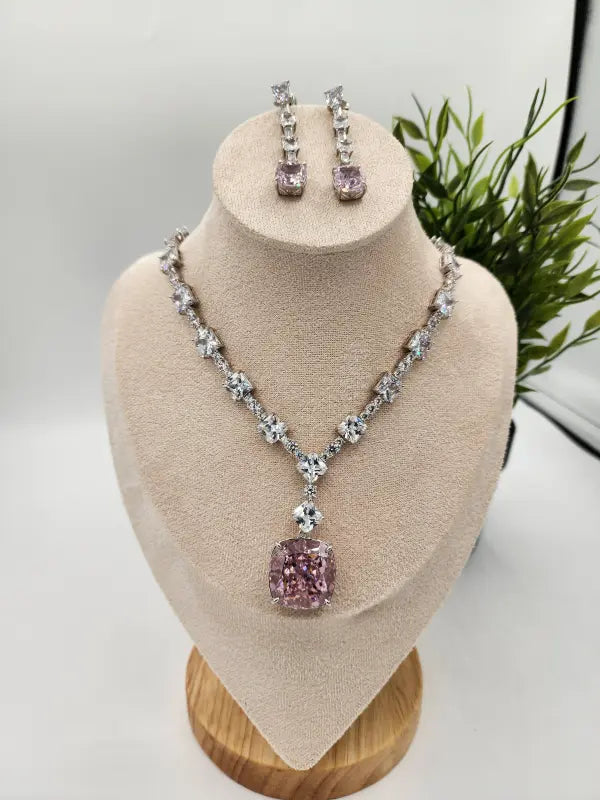Bagru, a small town located near Jaipur, Rajasthan, is a treasure trove of traditional Indian handcrafts, most notably known for its exquisite hand block printing. This art form, deeply rooted in the cultural heritage of the region, has been passed down through generations and continues to captivate the world with its intricate designs and age-old techniques. Among the various styles of hand block printing practiced in Bagru, the two most prominent are direct printing and the resist dye style, commonly referred to as Dabu printing.
The Art of Dabu Hand Block Printing

Dabu printing is a unique resist dye technique that stands out for its complexity and the stunning visual effects it creates on fabric. The process begins with the preparation of a special mud resist mixture, known as Dabu. This mixture is a blend of natural ingredients, including mud from dried lake beds, wheat powder, gum, and lime. The ingredients are mixed together and then sieved through a fine muslin cloth to ensure a smooth consistency. The resulting paste is then allowed to soak overnight, making it ready for application the next day.
The fabric to be printed is first spread out, and using intricately carved wooden blocks, the Dabu mixture is applied to the fabric in the desired patterns. The areas covered with the mud resist mixture are protected from the dye that will be applied later. Before the fabric is left to dry in the sun, the mud-covered areas are sprinkled with fine sawdust. This step not only helps in drying but also ensures that the mud mixture adheres firmly to the fabric.
Once dried, the fabric is immersed in a dye bath, usually containing natural dyes made from indigo, turmeric, or other plant-based sources. The dye permeates the fabric, but the areas covered with the mud resist remain untouched, creating beautiful patterns. After dyeing, the fabric is washed multiple times to remove the mud resist and any excess dye. The final outcome is a fabric adorned with intricate designs, where the colors are rich and vibrant, and the areas where the mud was applied reveal a distinct batik-like crackled effect.
Bagru Block Printing: A Labour of Love

While Dabu printing is renowned for its artistic appeal, Bagru block printing is equally revered for its simplicity and elegance. This technique involves carving motifs directly onto wooden blocks, which are then used to print patterns onto fabric using natural dyes. Typically, Bagru block printing is done on light-colored fabrics, allowing the colors to stand out vividly.
Though similar to the printing techniques practiced in Sanganer, another town near Jaipur, Bagru printing has its own distinctive charm. The motifs are often inspired by nature, featuring floral and geometric designs, each carrying a cultural significance. What sets Bagru block printing apart is the meticulous attention to detail and the time-intensive process involved in creating each piece. Surprisingly, despite the straightforward nature of direct printing, the Bagru process can take longer to complete than Dabu printing due to the layers of dye and washes required to achieve the desired depth of color.
Preserving a Heritage
Both Dabu and Bagru block printing represent the rich artistic heritage of Rajasthan and are a testament to the skill and dedication of the artisans who keep these traditions alive. In an era of mass production and fast fashion, the labor-intensive processes involved in these crafts stand as a reminder of the value of handmade art. The timeless beauty of Bagru textiles continues to be celebrated worldwide, ensuring that this traditional craft remains cherished for generations to come.
1. What is Bagru famous for?
Bagru is renowned for its traditional hand block printing techniques, especially Dabu printing, which uses natural dyes and intricate designs to create unique textiles.
FAQS
What is Dabu printing?Dabu printing is a resist dye technique where a mud mixture is applied to fabric to prevent certain areas from absorbing dye, creating intricate patterns once the mud is washed away.
How is the Dabu resist mixture made?
The Dabu resist mixture is made from mud, wheat powder, gum, and lime, which is soaked overnight and then applied to fabric using wooden blocks.
How does Bagru block printing differ from Sanganer block printing?
While both involve hand block printing, Bagru printing typically features darker, earthy tones on light-colored fabric, whereas Sanganer printing often uses brighter colors on white or light backgrounds.
Why is Bagru block printing a labor-intensive process?
Bagru block printing is labor-intensive due to the meticulous carving of wooden blocks, the multiple layers of dyeing, and repeated washing required to achieve the final design.




